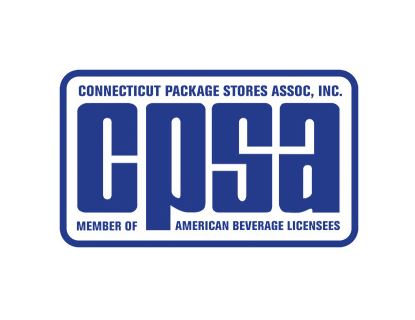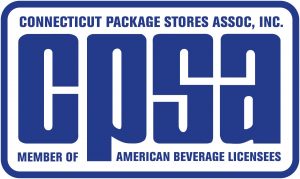

Sean Hughes, Account Director, Hughes & Cronin.
By Sean Hughes
Very often in life, little things can amount to large-scale changes. Currently, a very small insect that has recently appeared in Connecticut has the ability to make seismic alterations to the industry. The insect is known as the spotted lanternfly, and is an invasive species to North America. It is believed that the spotted lanternfly came over to North America in a batch of imported goods.
The spotted lanternfly is native in China, Vietnam, and India, and North America is not the first place that it has made an unwelcome home. South Korea has also been victimized by the invasive spotted lanternfly. What is so concerning about the South Korea case is that the spotted lanternfly was able to take over and infest the entire country in a two-year period.
Currently, Pennsylvania is ground zero for the spotted lanternfly in the United States. The state has spent more than $20 million trying to study and eradicate the insect before it can spread throughout the state and across the country. Now, why would an insect in Pennsylvania be so concerning to the alcohol industry?
The spotted lanternfly feeds on sap that is found in trees and vines. Their favorite vegetation to target is often apple trees and vines that grow grapes and hops. The insects often swarm together on the vegetation while they remove the sap from the tree or vine. Thousands of these insects will completely cover the vegetation they are feeding on.
These vines and trees sometimes die, not from having their sap drained from them, but rather from not being able to conduct photosynthesis. Since photosynthesis requires sunlight to create the plant’s food, crops are killed because there are too many bugs blocking their exposure to the sun’s rays for too long a period.
Even if the vegetation does not die, the spotted lanternfly still renders the grapes, hops or apples useless by covering them in their waste. The waste leaves an extremely sour taste on the product and ruins its value. The reason why the insect leaves such a waste on the tree is simply because the spotted lanternfly cannot absorb the nutrients of the sap effectively, so it has to filter large amounts of sap to gain any nutritional value. Those who have witnessed a mass feeding by the spotted lanternfly have said that it looks as though the tree is raining because of the amount of waste and sap that is being produced by the insects.
 These insects have the ability to cripple vineyards, hop vines and orchards without any natural predator or way to eradicate them. The Pennsylvania Department of Agriculture estimates that their range grows about 10 miles each year, but the insect has been spotted in surrounding states, including Connecticut this past fall. It is extremely important to eradicate and limit the spotted lanternfly to ensure that the nation does not become overwhelmed by their decimation of local crops that are vital to the alcohol industry.
These insects have the ability to cripple vineyards, hop vines and orchards without any natural predator or way to eradicate them. The Pennsylvania Department of Agriculture estimates that their range grows about 10 miles each year, but the insect has been spotted in surrounding states, including Connecticut this past fall. It is extremely important to eradicate and limit the spotted lanternfly to ensure that the nation does not become overwhelmed by their decimation of local crops that are vital to the alcohol industry.
Pennsylvania has started to implement quarantine measures on areas that are affected by the insect in an attempt to stop the expansion of their range. Time will tell if we will win the fight against this small but formidable opponent.
Connecticut consumers purchase more than 14 million gallons in wine per year and account for about 1.5% of the total national consumption of wine. In 2018, Connecticut’s overall off-premise retail industry employed over 5,600 people, provided over $218 million in wages and almost $85 million in state and local taxes. Impacts to the wine industry are coming from all over and in many forms; it seems flies are also potentially a disruptive and damaging force. The U.S. Department of Energy and Environmental Protection has issued warnings about the flies and that any sightings should be immediately reported to the agency.
CPSA follows a variety of issues impacting our retail landscape, from vine to counter. Make sure you stay on top of the industry’s trends by becoming a member today. For more information, visit CPSA online.



